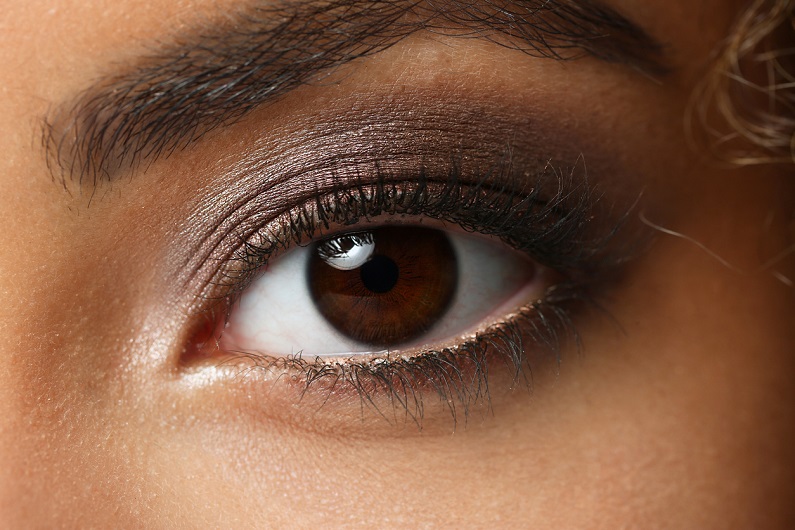Brainspotting resource model, eh? If you’re not even sure what Brainspotting is, you’re not alone. Brainspotting is a relatively new model of therapy designed to help people identify, process, and release emotional and physical distress, as well as the often related unresolved, underlying trauma.
I’ll explain Brainspotting in a moment. But I want to first acknowledge that it may seem a little “woo-woo”. I know it did to me at first.
Yet, after completing a Brainspotting training about a year ago, I began incorporating elements of Brainspotting into my personal healing practices, as well as in my work with yoga clients and retreat guests. And well, I’ve been surprised by the profound effect its had on my healing process, as well as the responses I hear from clients.
During our recent Guatemala retreat, I led the group through the Brainspotting Resource Model one evening.
When we finished, one guest said she initially thought it was silly and felt like she was in an eye exam. But she did, and she reported that after a few moments, the physical pain in her body she had been feeling up until that point seemed to dissolve.
To me, that’s worth sharing.
Before we talk about the Brainspotting Resource Model, let’s take a look at the approach and the theory behind it.
What is Brainspotting?
Brainspotting was developed in 2003 by a clinical social worker named Dr. David Grand. The theory behind the Brainspotting model is based on an increasing body of research that suggests that traumatic memories are stored in the body and result in changes in the way the brain functions.
Under this premise, it’s believed that therapeutic methods that access the limbic system or emotional brain rather than just the rational brain (as talk therapy does) are critical to the overall healing process.
Brainspotting is believed to provide direct access into these deeper parts of the brain where traumatic memories and emotional disturbances are held through “brainspots” or focused positions of the eyes that directly correlate to the negative feeling, belief, thought, or memory.
According to David Grand, “Where you look affects how you feel.”
I know this can sound a little odd at first, so consider this…
Have you ever been deep in thought processing or trying to recall a word and found your eyes wandering off? Our eyes naturally move in different directions when we scan for thoughts, feelings, and memories.
Similarly, you’ve probably had the experience of feeling totally absorbed in a feeling or memory while staring into space. Or if you practice yoga or meditation you may be familiar with the “drishti” in which the eyes center at a specific gazing point allowing a deeper sense of focus.
The position of your eyes can affect how you feel, as it’s directly related to what is happening in the brain in any given moment.
Brainspotting Resource Model
In Brainspotting, we work with two models: the Activation Model and Resource Model.
In the Activation Model, the therapist guides the client to notice where they feel the distressful situation in the body and then helps the client locate the corresponding brainspot where the distress is most active. The Resource Model guides the client to notice where they feel most calm, grounded, or neutral and then helps the client to locate the brainspot that matches the calm, grounded feeling the most.
In general, it is recommended that you work with a qualified therapist for both of these models. However, there is such thing as “self-spotting” and the Resource Model can be used as an effective grounding tool to calm anxiety and tap into a place of greater presence. This is what I’ve illustrated in the video.
With that in mind, when it comes to treating complex trauma or serious mental health concerns, it’s important to work with a licensed, qualified professional. If you want to find a certified Brainspotter, you can access the Brainspotting Directory.


Seeking Meaningful Travel Without the Overwhelm?
Success! Look for my welcome email in your inbox. If you don't see it, check your SPAM!